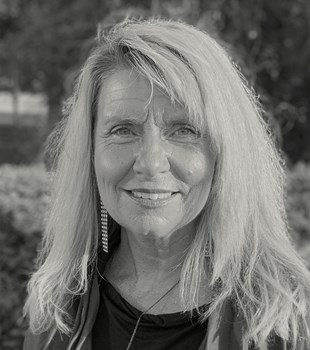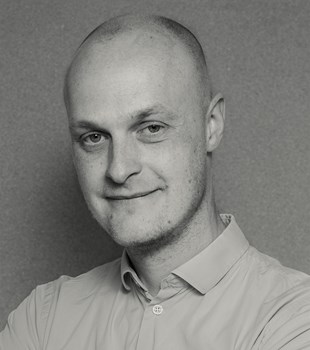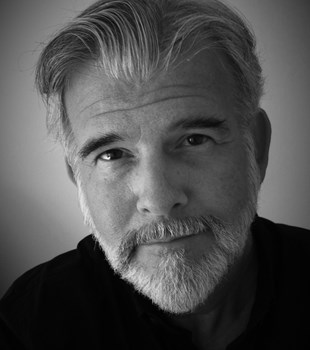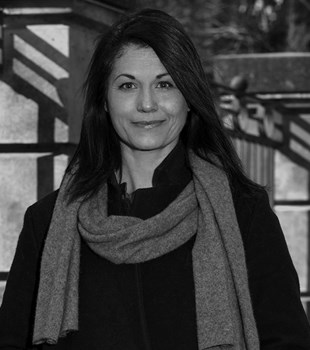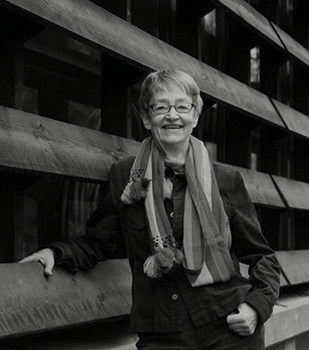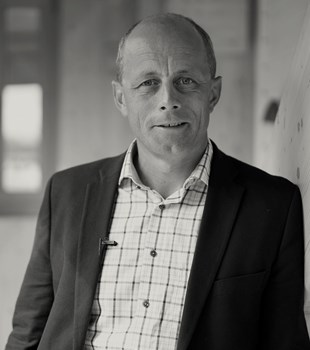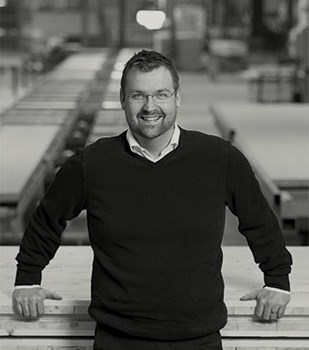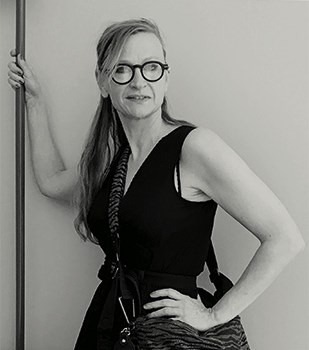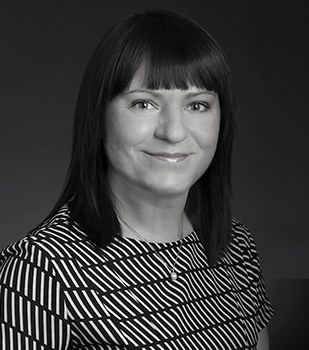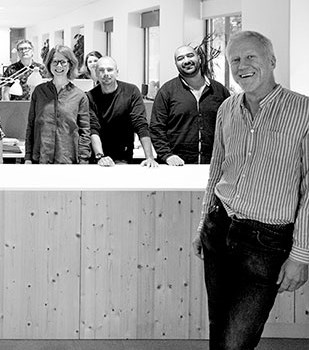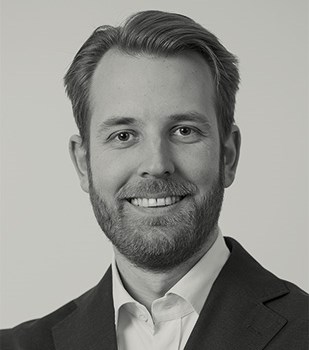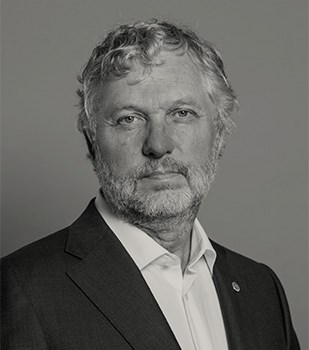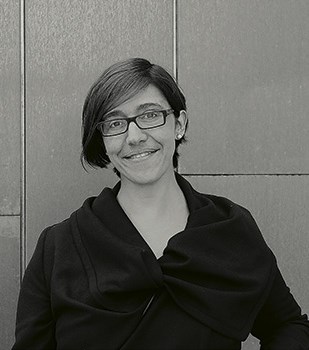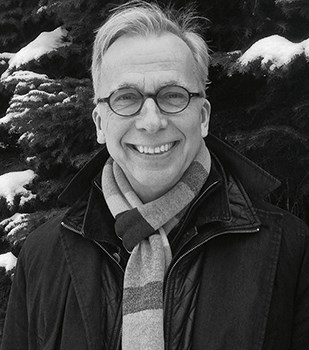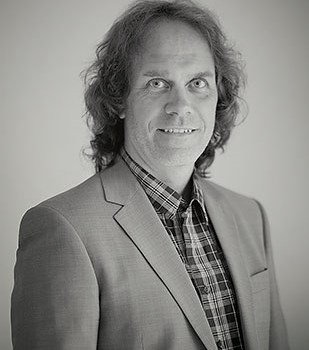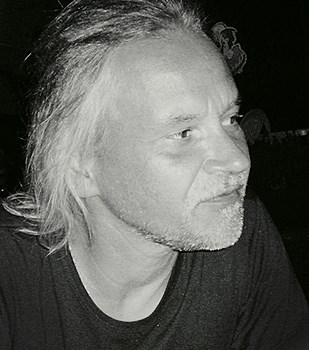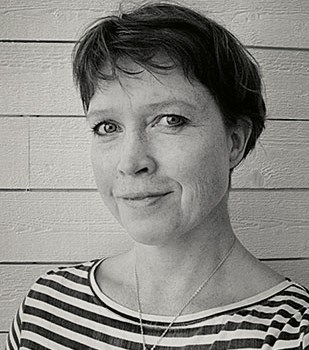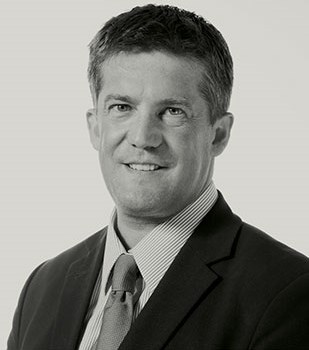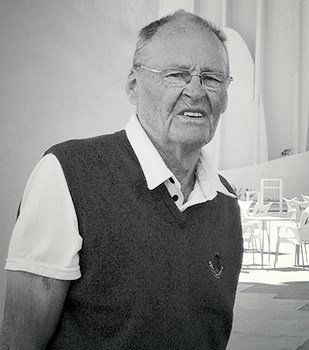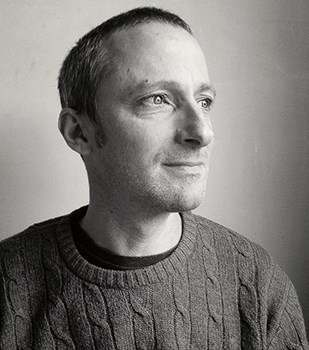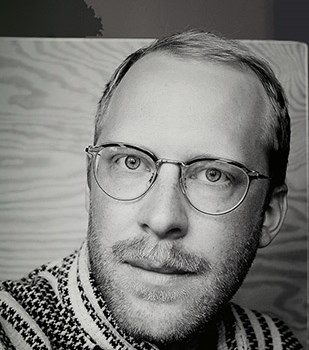Change is happening at an ever-increasing pace. It’s affecting people’s existence. Our way of living our lives. How we live. How we work. How we study. How we receive care. How we travel. By the time the urban developments we are designing and planning today are ready to move into, we’ll have self-driving cars. What then counts as near? What is far? What is a city? What is the country? Will the car become a workplace? What do such changes mean for us as people? For our values?
An estimated 70 percent of the greenhouse gases in an average city are directly related to urban development. Minimising these emissions and seriously reducing exploitation of the planet’s resources will require radical changes in the way tomorrow’s communities are planned, designed, built and used.
What will society’s pace of change and the growing challenges of climate change and the environment mean for urban development that needs to be sustainable over the long term?
All community planners have learned that “what we do must last for several hundred years”! Is this approach sustainable? Now? In the future? What meets today’s needs may not even meet the needs ten years down the line. Is it the other way round? Are the things that last over time the things that are easy to assemble and just as easy to disassemble? Things that are easy to adapt. To re-use. Circularity.
Or is the temporary what lasts forever? A “new truth”, where accelerating change and growing climate challenges don’t stand in opposition but go hand in hand!
It’s time to kill off old truths! I want to put a nail in the coffin of the “truth” that industrial construction is a threat to good architecture, to sustainable development.
On the contrary! Industrial construction is a development process based on constant improvements on every front and the gradual elimination of wastefulness – a process closely aligned with not wasting the planet’s resources, with gradually cutting greenhouse gas emissions, with tackling the rapid pace of change.
It’s by paying attention to the little things that we build communities to last! It’s by paying attention to the little things that we can understand how ever-accelerating change affects the way people live their lives. “Go out there and see!” as social commentator Jane Jacobs put it!



